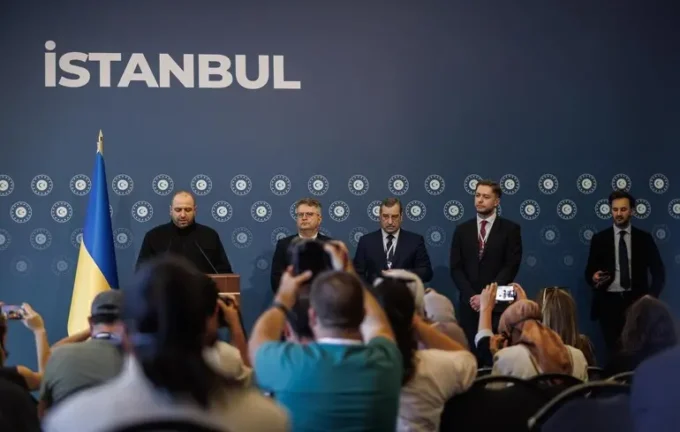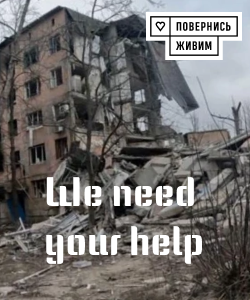Istanbul Negotiations: Ukraine Clarifies Differences in Document Terminology with Russia

It has become evident that the documents discussed during the three rounds of negotiations in Istanbul should not be referred to as 'memorandums,' as Russia prefers to label them. Ukrainian Foreign Ministry spokesperson Georgiy Tykhyi emphasized that this terminology is inaccurate because a memorandum implies mutual agreement and binding commitments between two parties. The documents under discussion, involving Ukrainian and Russian delegations, are better described as proposals, projects, or visions, rather than formal agreements. According to the diplomat, Ukraine’s document is pragmatic and constructive, focusing on feasible compromises and practical measures. Conversely, Russia’s document is more like an ultimatum, containing maximalist demands and statements, making it less flexible and more confrontational. This distinction underscores the fundamental difference in the nature of the two sets of texts. Tykhyi also highlighted that the vast majority of Ukrainians oppose accepting the Russian memorandum as a condition for ending the war. Ukraine’s primary position remains the need for a ceasefire, which would enable diplomatic efforts to proceed effectively. He noted that since the last summit in June, Russia has only intensified its strikes against civilian targets, making it clear why a complete ceasefire is essential for diplomacy to move forward. All these points reflect Ukraine’s pursuit of realistic and long-term solutions, while Russia’s proposals are perceived as part of a more radical strategy aimed at imposing ultimatums and maximalist demands.

